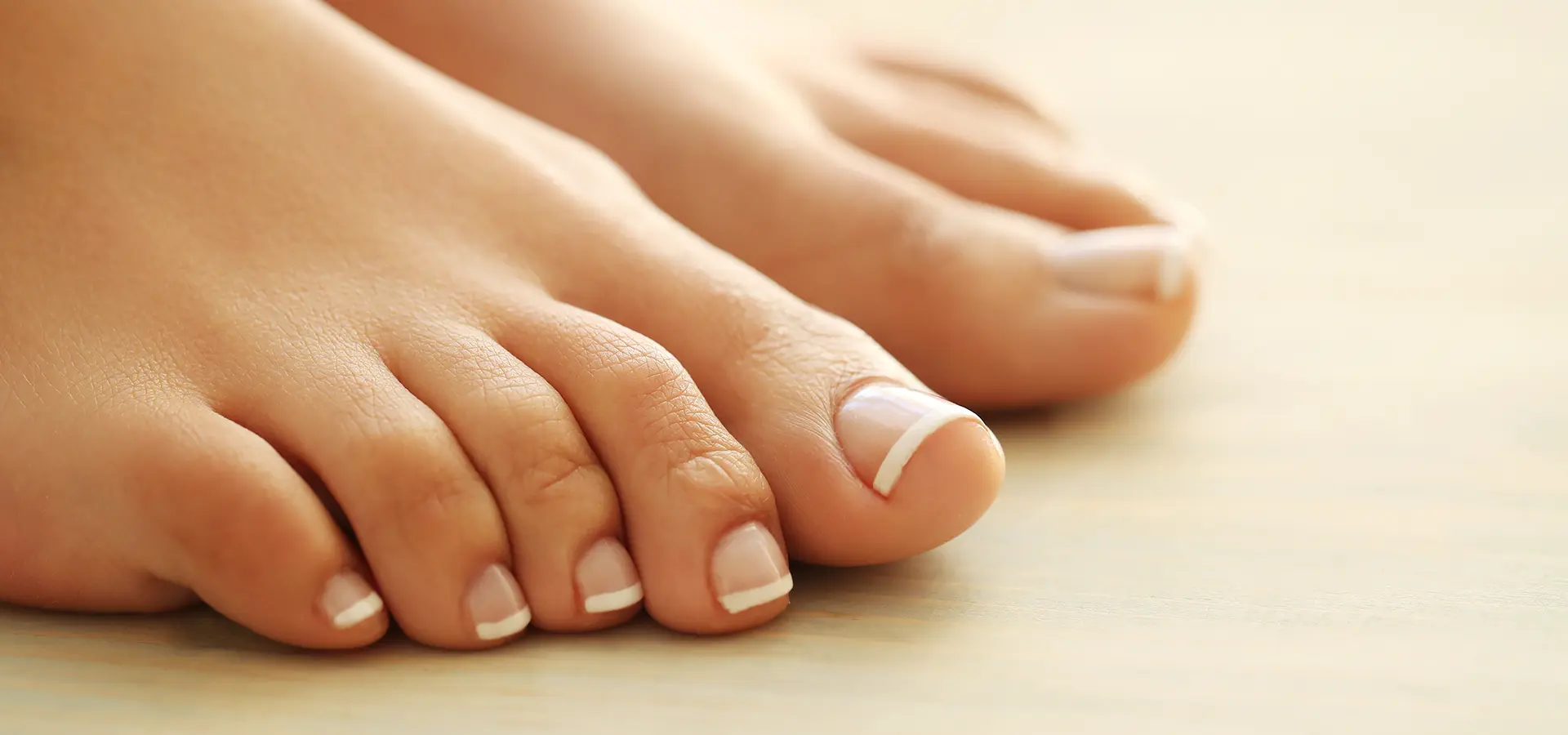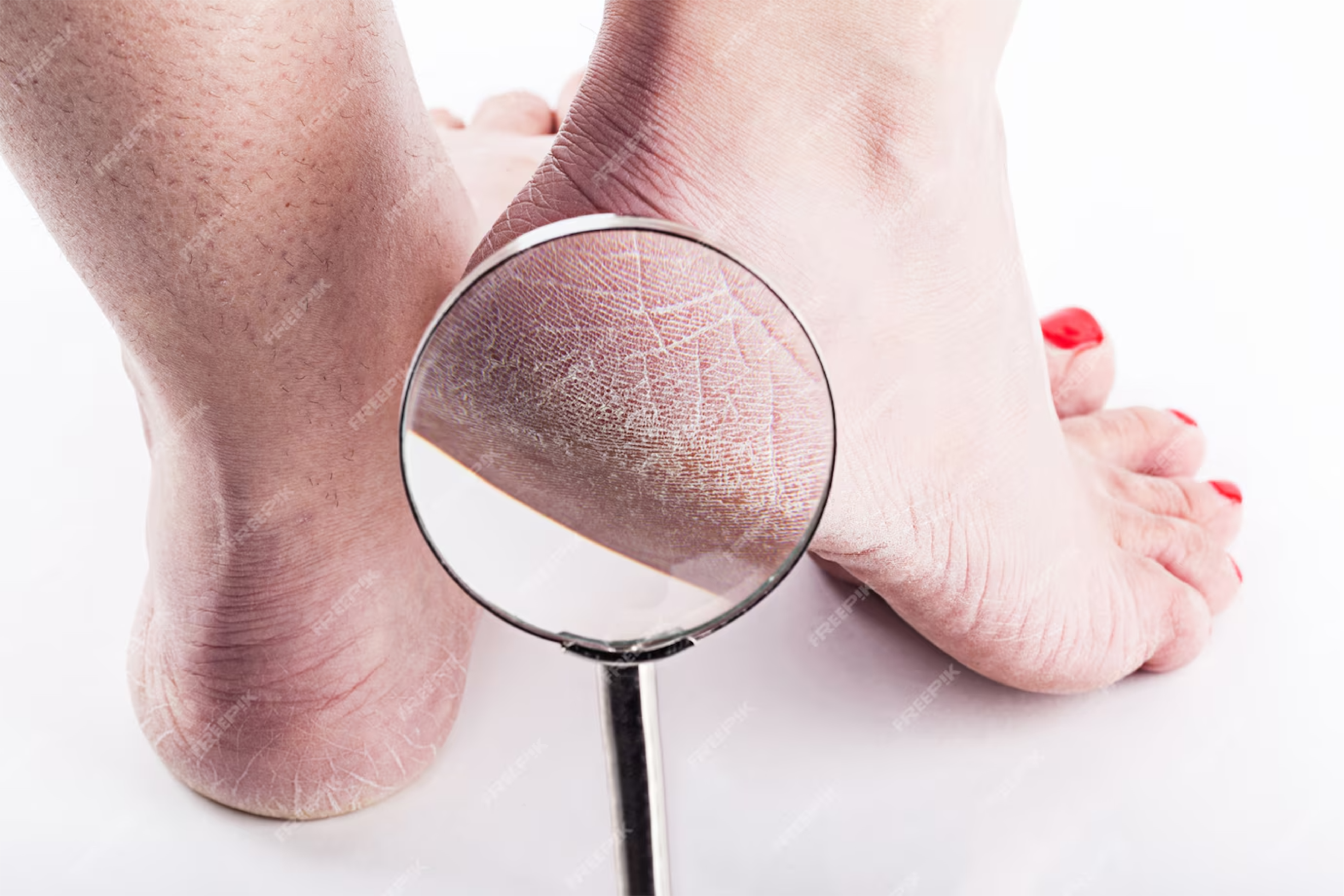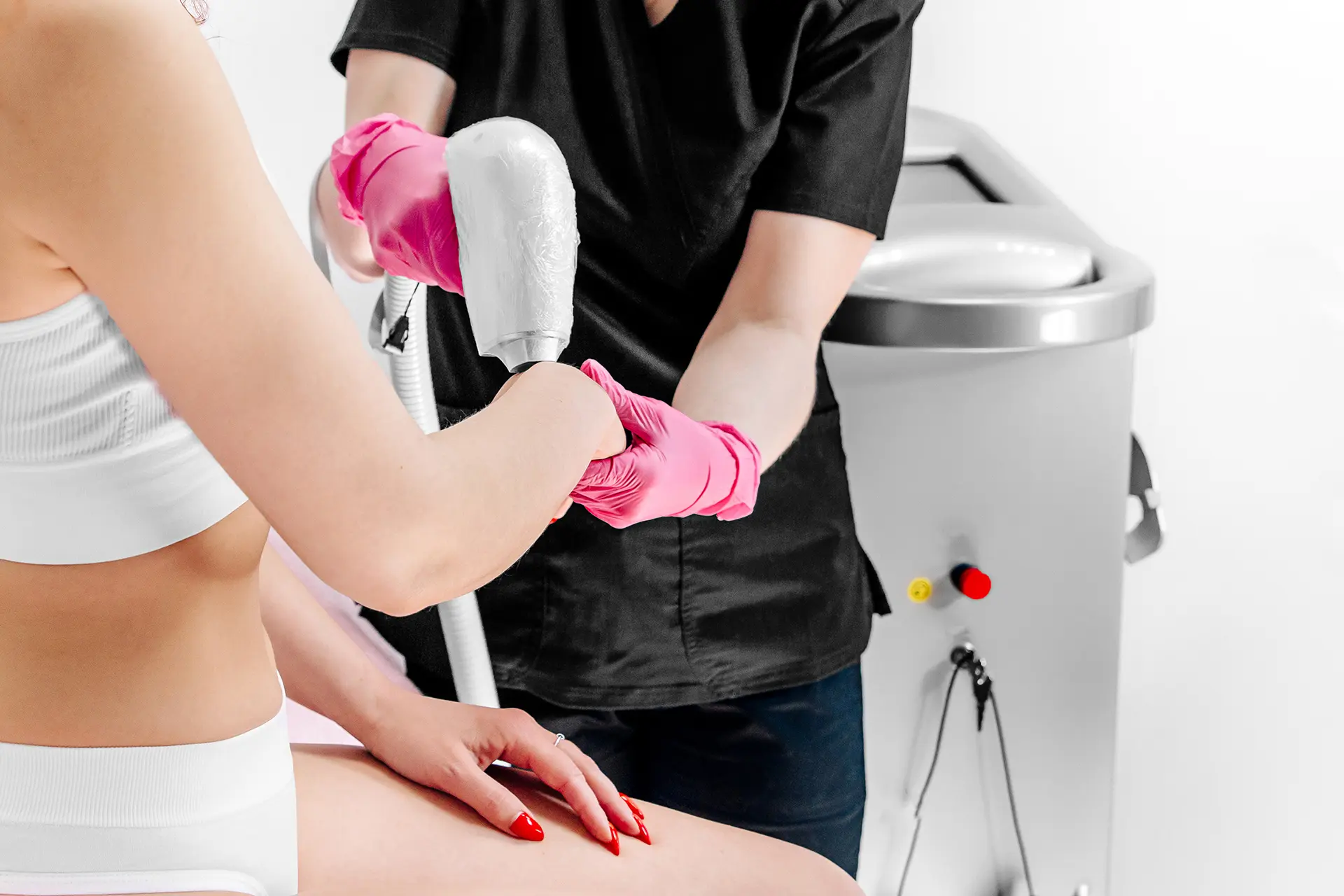In the ever-evolving world of medical technology, podiatry has taken a significant leap forward with the adoption of laser therapy. This cutting-edge treatment is shedding new light on common foot ailments, offering patients a ray of hope for faster recovery and improved quality of life. From stubborn plantar fasciitis to persistent toenail fungus, laser therapy is proving to be a game-changer in podiatric care. Let’s explore how this innovative approach is helping patients put their best foot forward.
The Science Behind the Light
Laser therapy, also known as photobiomodulation, harnesses the power of light to stimulate healing and reduce pain. In podiatry, both Low-Level Laser Therapy (LLLT) and Class IV laser units are used, depending on the condition being treated. These lasers work by delivering specific wavelengths of light to the affected area, penetrating deep into the tissues to promote cellular energy production, reduce inflammation, and accelerate the healing process.
Plantar Fasciitis: Walking on Sunshine
Plantar fasciitis, a common cause of heel pain, has met its match in laser therapy. This condition, characterized by inflammation of the plantar fascia – the thick band of tissue connecting the heel to the toes – can be debilitating for many patients. Traditional treatments often involve a combination of rest, stretching exercises, and orthotics. While effective, these methods can take months to provide significant relief.
Enter laser therapy. By targeting the inflamed fascia with precise wavelengths of light, podiatrists can now offer a treatment that:
- Reduces inflammation more rapidly than conventional methods
- Stimulates collagen production, promoting tissue repair
- Increases blood flow to the affected area, speeding up healing
- Provides immediate pain relief for many patients
Studies have shown that patients receiving laser therapy for plantar fasciitis experience significant pain reduction and improved functionality in a shorter time frame compared to those using traditional treatments alone. This means getting back on your feet – literally – with less downtime and discomfort.
Toe Pain: A Bright Solution
Toe pain can stem from various conditions, including arthritis, neuromas, and injuries. Regardless of the cause, laser therapy offers a non-invasive approach to pain management and healing. The application of laser light to the affected toes can:
- Decrease inflammation in arthritic joints
- Reduce nerve irritation in conditions like Morton’s neuroma
- Accelerate healing in cases of minor injuries or fractures
- Improve range of motion by reducing stiffness and swelling
Patients report not only a reduction in pain but also an improvement in their ability to perform daily activities. This is particularly significant for those suffering from chronic toe pain, as it offers a drug-free alternative to pain management.
Fungal Nails: Clearing the Way for Healthy Growth
Toenail fungus, or onychomycosis, is notoriously difficult to treat. Traditional treatments often involve oral medications with potential side effects or topical solutions that require months of application with variable success rates. Laser therapy has emerged as a promising alternative, offering a safe and effective way to combat fungal infections.
The benefits of laser therapy for fungal nails include:
- Non-invasive treatment with no downtime
- No systemic side effects, unlike oral antifungal medications
- Quick treatment sessions, typically lasting 10-20 minutes
- Ability to treat multiple nails in a single session
- Gradual improvement as the nail grows out, revealing healthier nail tissue
While multiple sessions may be required for optimal results, many patients see improvement in nail clarity and reduced fungal presence after just a few treatments. It’s important to note that patience is key, as it can take several months for the entire nail to grow out and reveal the full effects of the treatment.
The Broader Benefits of Laser Therapy in Podiatry
Beyond these specific conditions, laser therapy offers several overarching benefits that make it an attractive option in podiatric care:
- Reduced need for pain medications: As laser therapy provides natural pain relief, many patients can reduce their reliance on pain medications, avoiding potential side effects and dependencies.
- Faster return to activities: The accelerated healing promoted by laser therapy often allows patients to return to their normal activities sooner than with traditional treatments alone.
- Complementary treatment: Laser therapy can be used in conjunction with other podiatric treatments, enhancing overall outcomes.
- Minimal risk: With proper application, laser therapy has very few side effects or risks, making it a safe option for most patients.
- Improved patient satisfaction: The combination of pain relief and faster healing often leads to higher patient satisfaction rates.
Looking to the Future
As research in laser therapy continues to advance, we can expect to see even more applications in podiatry. From diabetic foot ulcers to sports injuries, the potential for laser therapy to improve foot health is vast and exciting.
However, it’s crucial to remember that laser therapy is not a one-size-fits-all solution. Its effectiveness can vary depending on the specific condition, its severity, and individual patient factors. A comprehensive treatment plan, developed in consultation with a qualified podiatrist, is essential for achieving optimal results.
Conclusion
Laser therapy is illuminating new paths in podiatric care, offering hope to those suffering from common foot ailments. By harnessing the power of light, podiatrists can now provide faster, more effective treatments for conditions like plantar fasciitis, toe pain, and fungal nails. As we continue to step into this bright future of foot care, one thing is clear: laser therapy is helping patients put their best foot forward, one light beam at a time.


